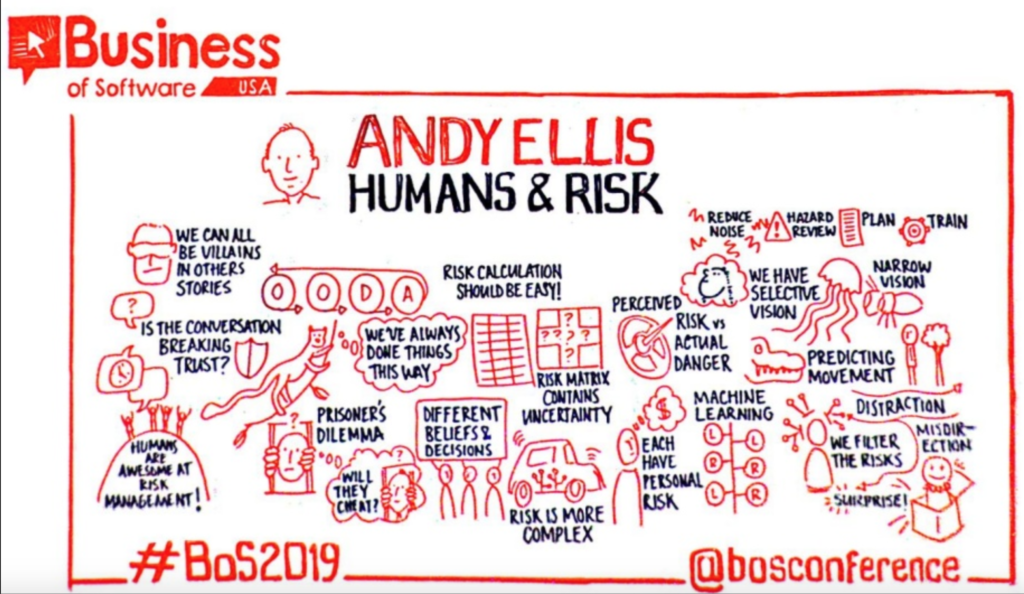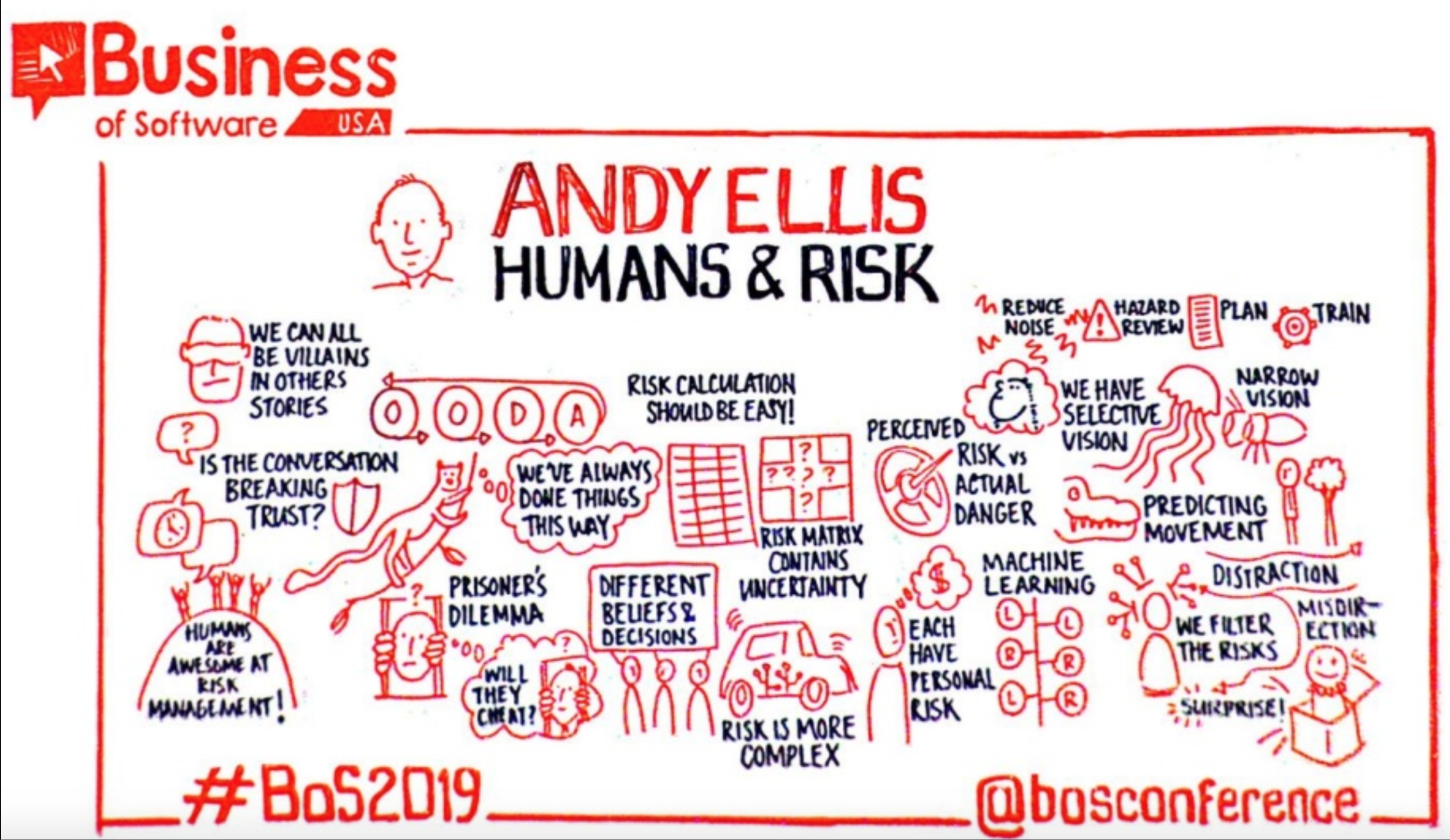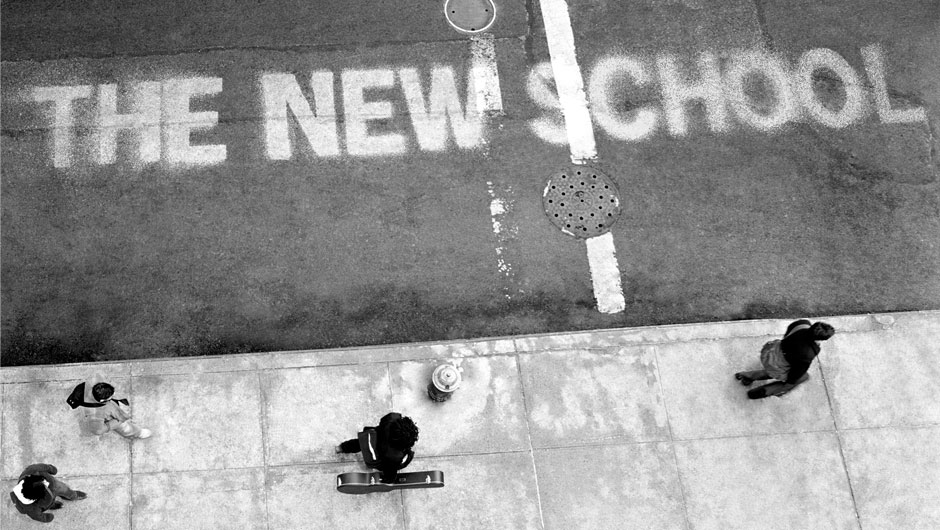“Don’t assume villainy where it is merely different goals.
Andy Ellis, CSO, Akamai
The conference presentation of a friend and former boss has been on my mind as I’ve watch people argue about how we should conduct ourselves during a pandemic.
Mood Music:
Andy Ellis is CSO at Akamai, where I probably leaned more about the technical nuts and bolts of security in three years than I had in the previous decade of writing about it as a tech journalist. His presentation, “Humans Are Awesome/Terrible at Risk Management” covers how people make decisions concerning risk.
He uses the OODA loop decision-making model developed by U.S. Air Force Col. John Boyd to explain why humans are “awesome” at risk management.
The model frames decision-making as a repeating cycle of observing what’s happening, orienting (filtering what’s happening through past experiences and values), deciding what to do next and acting on that decision.
I’ve tried to apply the OODA loop to my personal and professional actions of late and have mapped out the experience in a recent post.
Humans are horrible at risk management! How are we even still around?And yet, we are still around. Humans are awesome at risk management; we’re now the dominant species on the planet.
Andy Ellis
Andy cites humanity’s advantages in making rapid, generally correct risk choices, even when those choices seem baffling to others. To understand the other person’s decisions, he suggests:
- Unpacking how risk choices that appear unreasonable from the outside may not be.
- Learning how to identify the hidden factors in someone’s risk choice that most influence it.
- Finding out how to help guide people to risk choices that you find more favorable.
I’ve been trying to follow those suggestions as I navigate the seemingly endless arguments on social media about how to deal with the COVID-19 pandemic.
On myriad Facebook threads, people share articles and make statements that fall into one of two camps:
- That in a health emergency like this, the best decision is to stay home and minimize the virus’ spread — thus saving lives
- That the current lockdowns are tyranny: massive, fear-driven overreactions that have allowed authorities to exert unprecedented control over the masses
My own views are somewhere in the middle. I believed the lockdowns necessary at the beginning to slow the spread long enough to give hospitals time to bulk up on supplies and workers to take care of everyone who is sick. I also believed it necessary to buy us time to ramp up testing so we’d have a better picture of who was infected and who wasn’t.
Three months in, we’ve slowed the spread in places but don’t appear much better off. We don’t have nearly enough data points to know what we’re dealing with. I’ve begun to question the wisdom of staying locked down, thinking instead that we must figure out a way to re-open carefully and learn to live in a pandemic without staying seized up.
Along the way I’ve found myself exasperated by how people in the two camps above have vilified each other. Camp 1 brands Camp 2 as a bunch of selfish right-wing thugs who care more about their economic pursuits than protecting grandma. Camp 2 sees Camp 1 as a bunch of government-controlled sheep who submit to tyranny as easily as past generations submitted to Nazi and Soviet subjugation.
One good friend, from Camp 2, suggested that those who support the lockdowns support tyranny and should renounce their American citizenship. I called him out on that. Another friend in Camp 1 repeatedly attacked people on my wall for being OK with people dying. I rarely unfriend people I disagree with but did so in her case.
Along the way, I keep coming back to what Andy said: “Don’t assume villainy where it is merely different goals.”
It’s good advice.
Most of us have rigorously thought-out reasons for staying home or arguing for a re-opening. We all weigh the risks on criteria colored by our personal experiences. There is no villainy in that.
People will believe what they will believe and act on it. Their intent is good, though sometimes distorted by a lack of reliable data.
In the weeks and months to come, I hope for more common ground.



